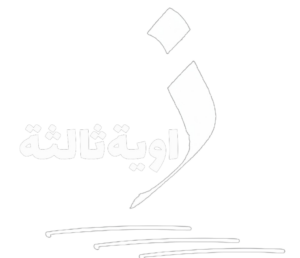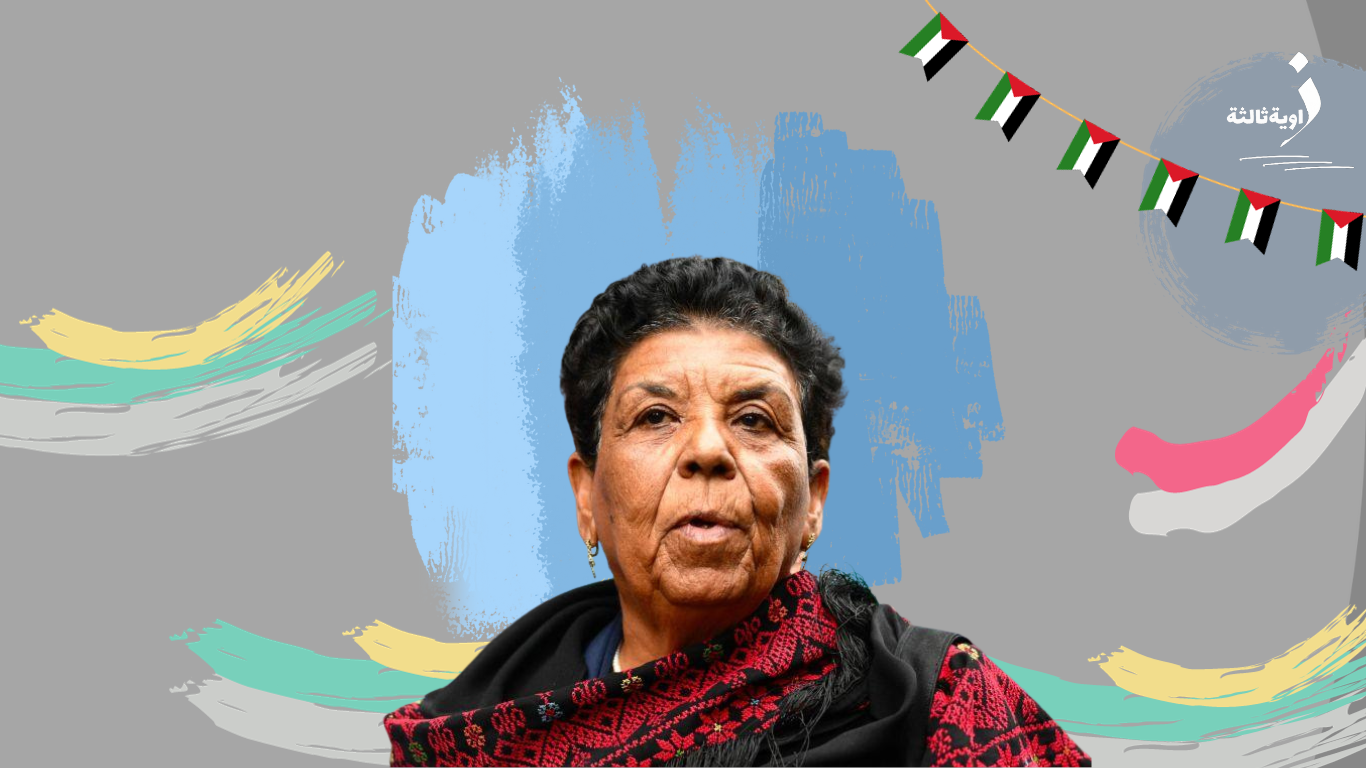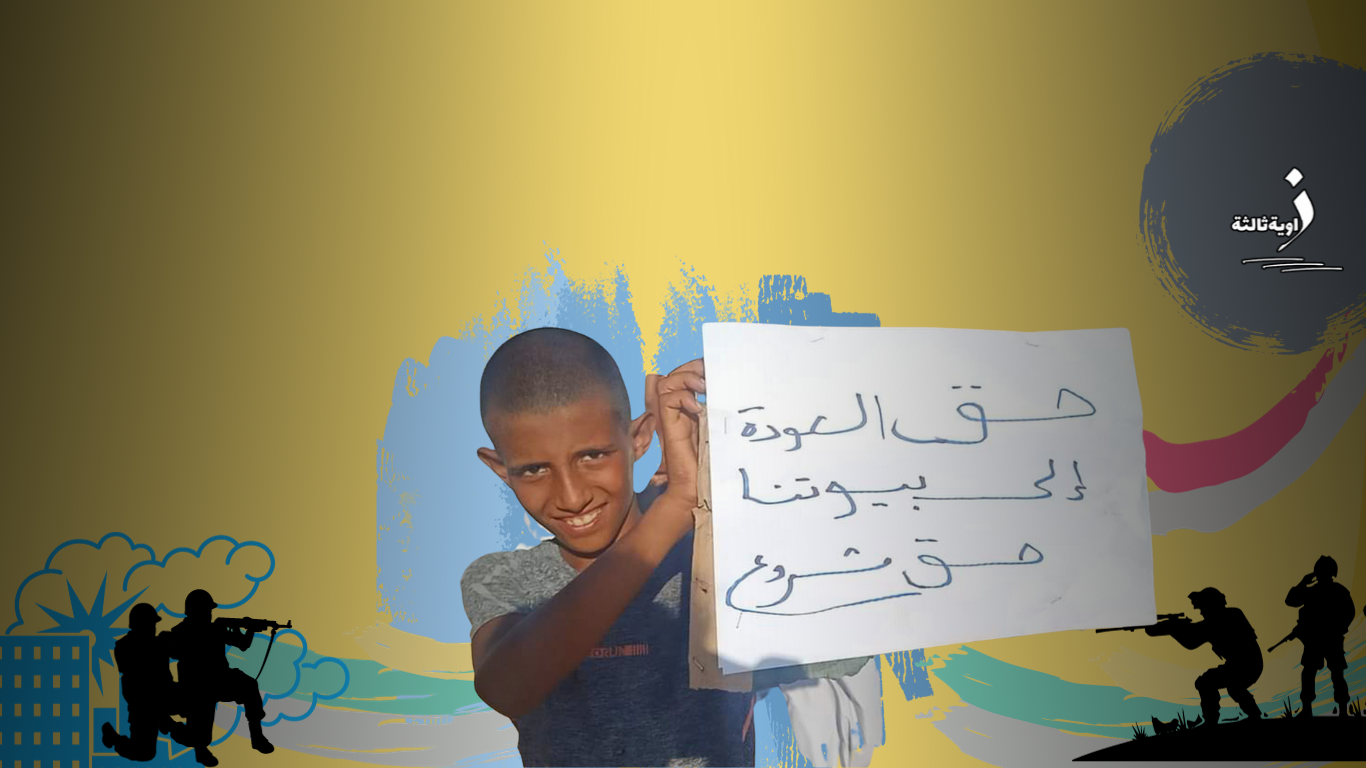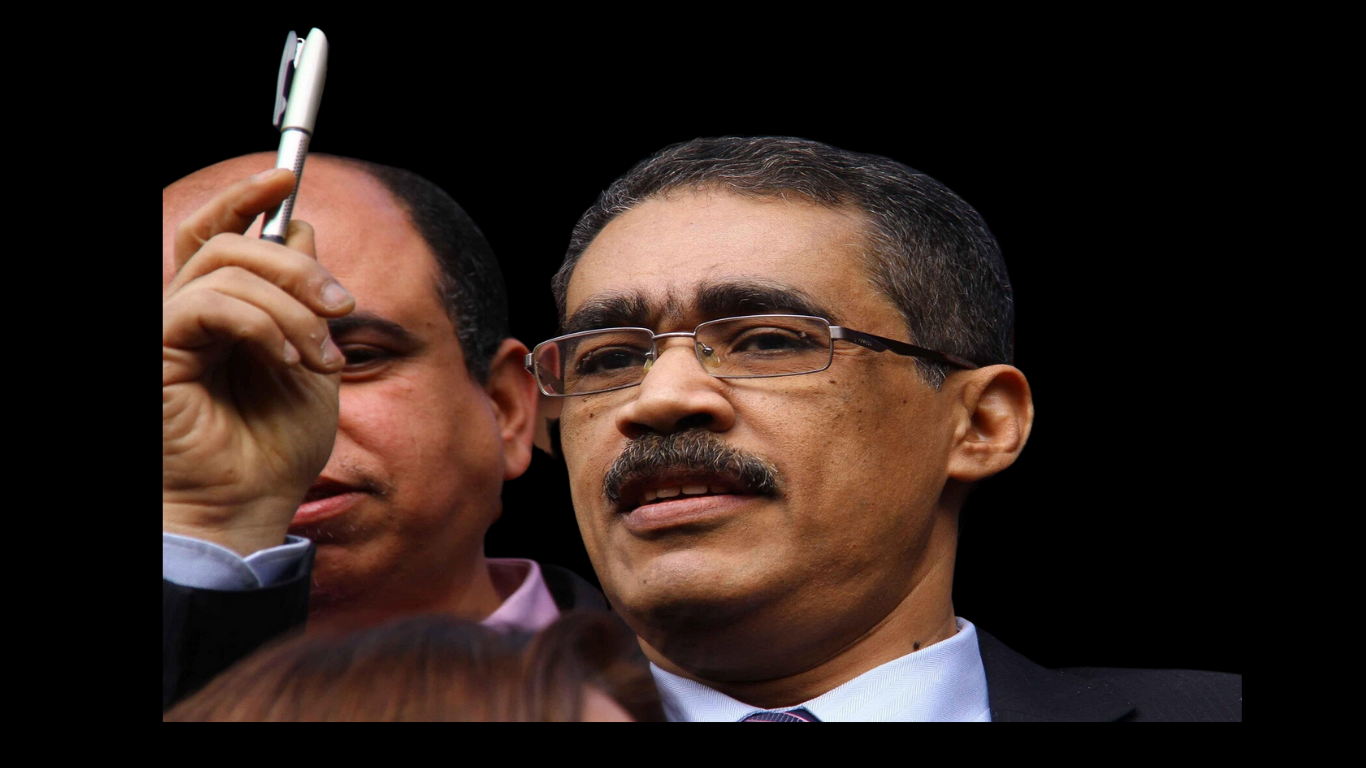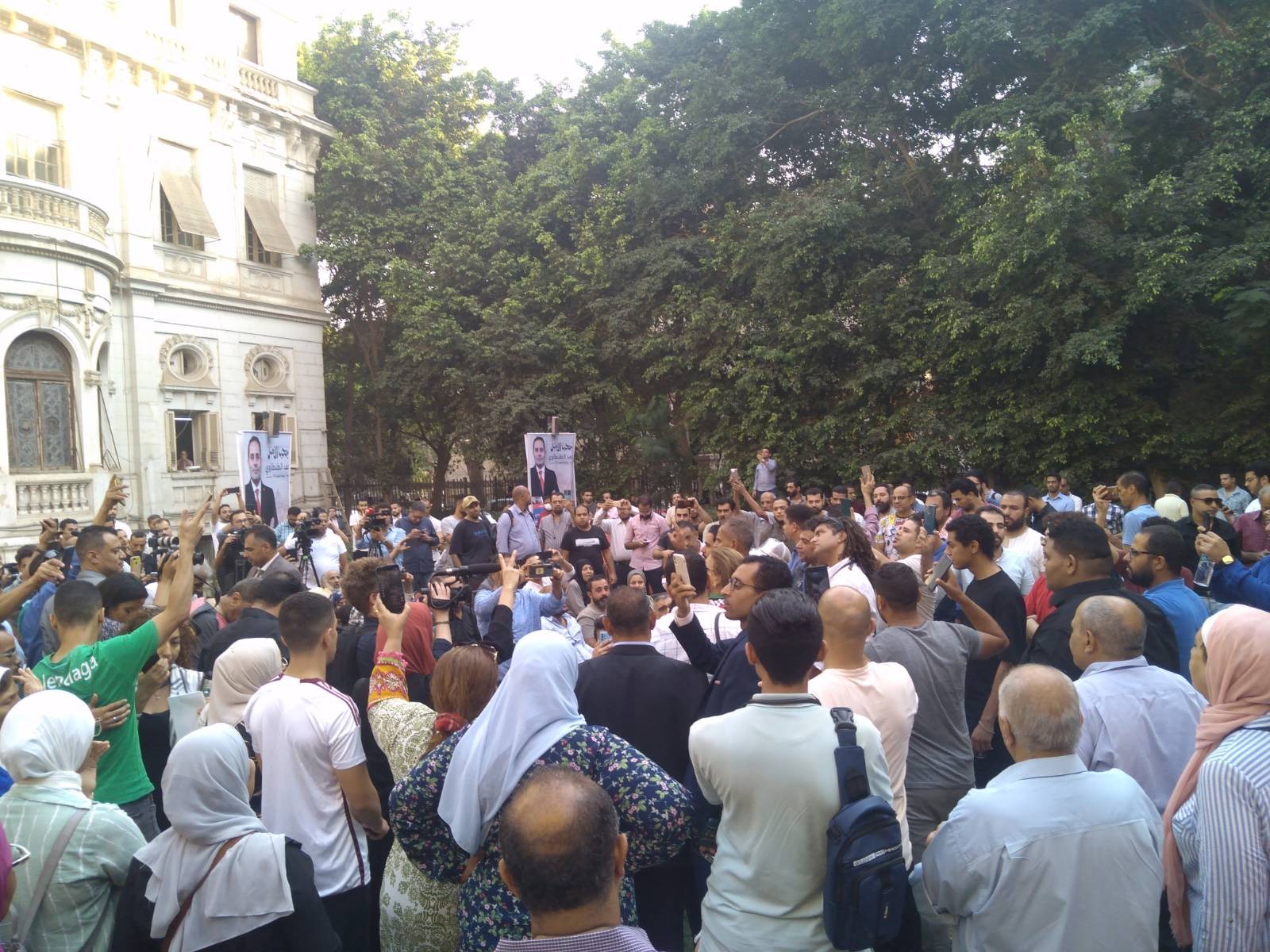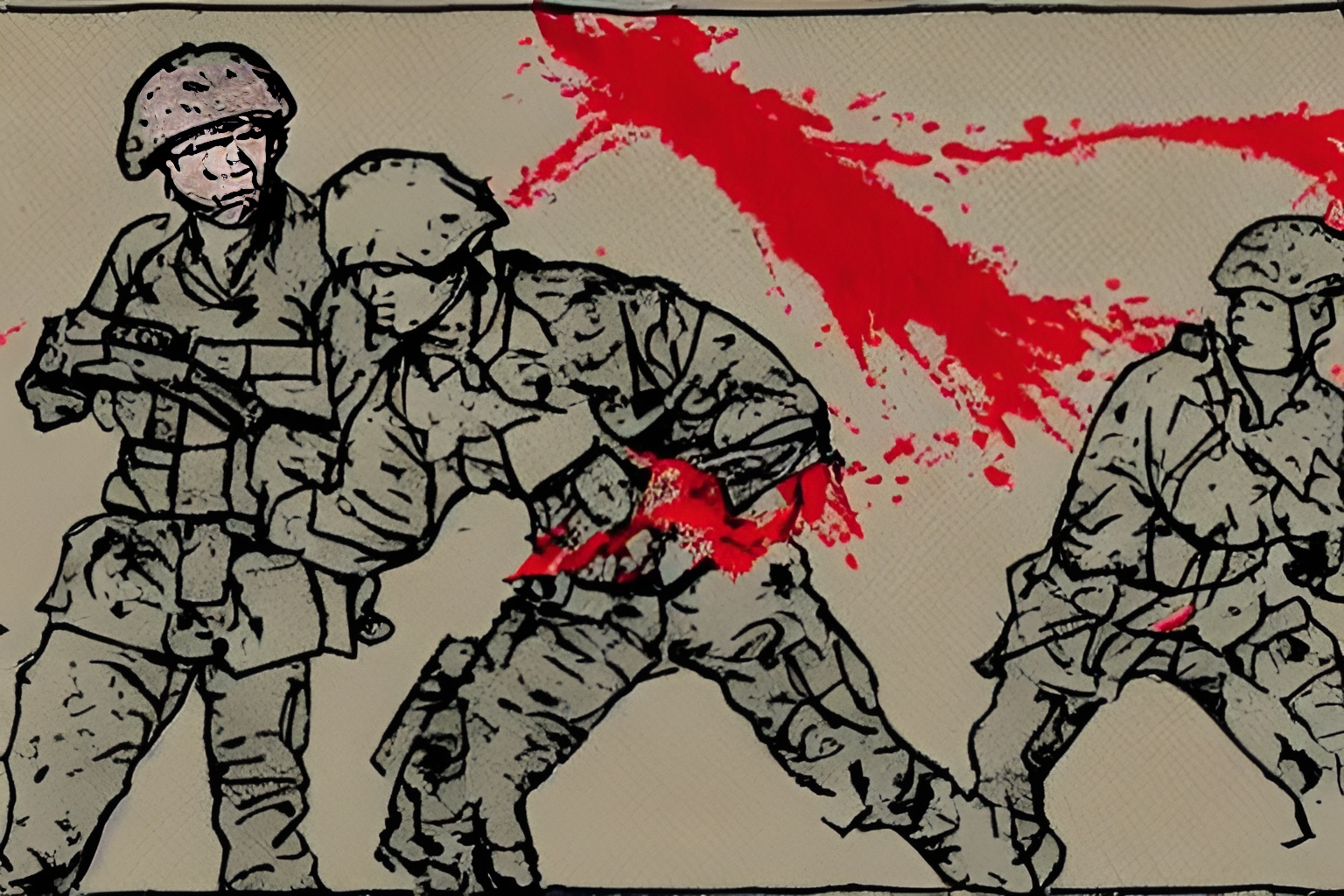Zawia3
Hundreds of displaced residents from the border regions of Rafah and Sheikh Zuwaid gathered in the Foul Square between the villages of Al-Husaynat and Al-Matla, west of Rafah, on Monday morning to demand their return to the villages they were forced to leave years ago due to the war on terrorism, according to the Sinai for Human Rights.
Before the war launched by the Israeli occupation army on Gaza, specifically in August 2023, the Egyptian army was trying to prevent the expansion of protests by the displaced residents in North Sinai province, where the demonstrations had stopped due to the war on Gaza. Hundreds of displaced Egyptians from Rafah and Sheikh Zuwaid were coming out, expressing their desire to return to their villages that they had to leave due to the war on terrorism. However, the army did not use violence against them and preferred communication and attempts at de-escalation. Before the war on Gaza, there was a decision among the locals to repeat the protests daily in various areas of Sinai.
The Egyptian army had previously confirmed that any homes in the border area of Rafah, within 500 meters of the international border, would be demolished, and any home with a tunnel would be blown up, and its owner would be subjected to an urgent military trial. According to Egyptian authorities, these operations were aimed at combating terrorism.
The entire population of the Egyptian city of Rafah, estimated at around 70,000 people, was displaced. Systematic displacement operations began after a decision by the former Egyptian Prime Minister Ibrahim Mahlab to evacuate Rafah’s residents, as stated in Official Gazette Decision No. 1957 of 2014. However, the governor of Sinai denied one day before the decision that Rafah’s residents would be displaced, stating that the evacuation only covered a distance of 1,000 meters to remove tunnels. Still, after Mahlab’s decision, the displacement included a 5-kilometer-wide border area with Gaza.
